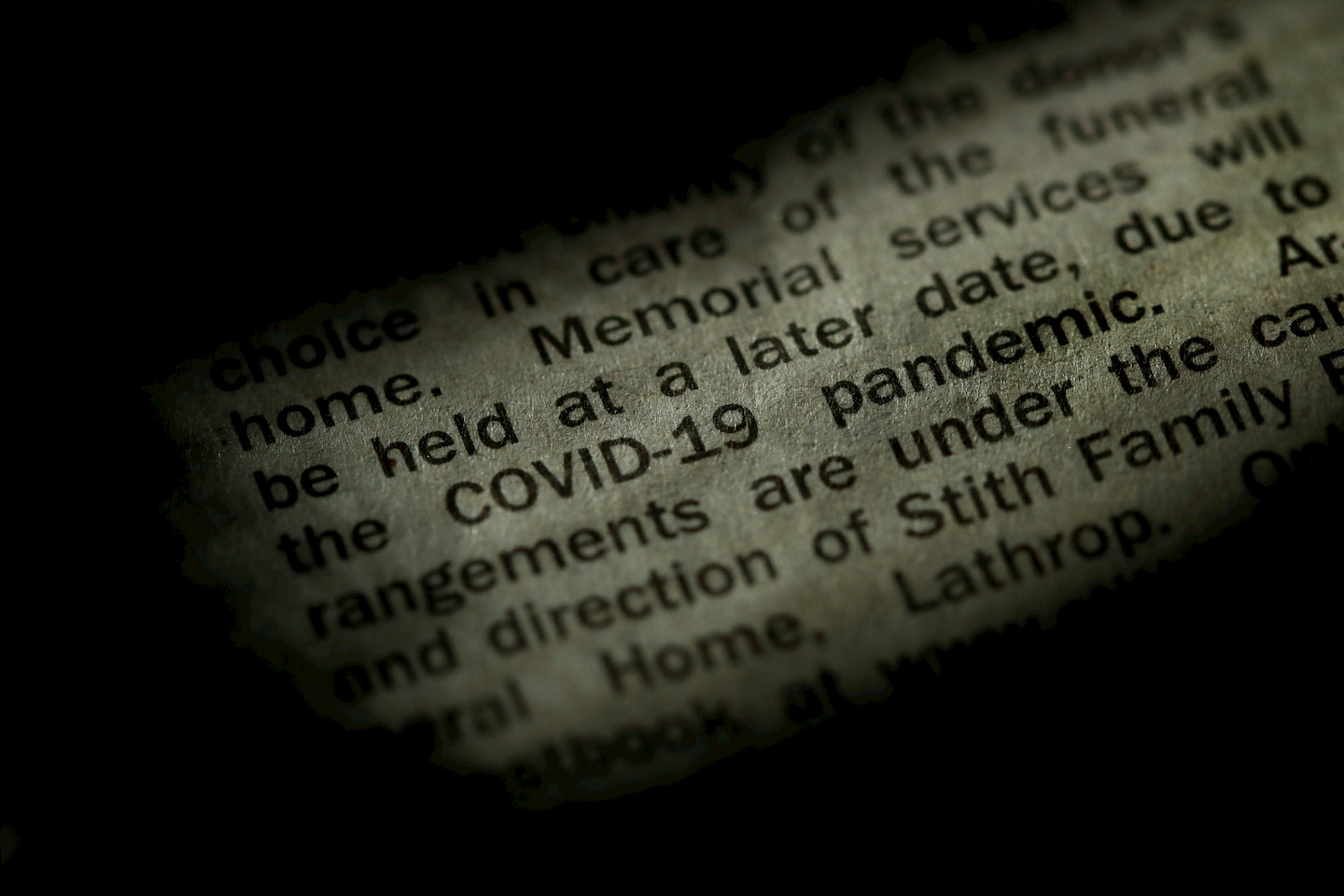BRUSSELS – As governments introduce social distancing rules of varying strictness to combat the COVID-19 pandemic, the question of how long these measures should remain in place will likely spark vigorous debate. Many economists and psychologists will warn that a lengthy period of de facto home detention will damage people’s financial and mental health, while epidemiologists will argue that maintaining lockdowns will help to flatten the contagion curve more quickly. Policymakers designing such measures would be wise to take both views into account.

Luckily, there is substantial research regarding citizens’ compliance with government regulations. For starters, people need to know and understand the rules in order to obey them. And if citizens think that a rule could potentially cause them material or non-material harm, they will be less willing to comply with it, which is why governments sometimes use economic incentives or penalties to promote compliance.
But a carrot-and-stick approach will not work unless the target group is actually able to comply. And the unprecedented lockdowns in response to the pandemic – with measures ranging from voluntary self-isolation to possible fines or jail terms for those breaking the rules – are a major test of the extent to which entire populations can adhere to strict government measures.

After all, confining people to their homes is a legal form of incarceration in many countries, and has been since antiquity. Already, tens of thousands have violated lockdown instructions in France, Italy, Spain, and elsewhere, prompting governments to introduce heavier penalties. But while most people are willing to adhere to social distancing rules for a short period, mounting financial and mental pressures will ultimately erode their compliance.
So, if policymakers want to ensure that lockdown rules remain effective for as long as epidemiologists deem necessary, they need to design such measures with a multidisciplinary approach enlisting the help of psychologists, economists, and not least technologists. To maximise compliance, the social cost of the lockdown in terms of mental illnesses and emotional distress must not be higher than that of the damage the lockdown is preventing.
The current lockdown rules in Germany, the United Kingdom, and Belgium, for example, which allow people to go for a walk or a jog but ban public gatherings of more than two people, may be tolerable for a month or two. By contrast, the total lockdowns in France, Italy, and Spain will work only for much shorter periods.
Building healthy elements into lockdown regimes improves people’s ability to cope and comply with the rules for longer periods, thereby giving governments more time to build the necessary defences against the virus. Such provisions may even encourage better habits among the population, as well as businesses, in the long run.
While it would be irresponsible to relax lockdown rules prematurely, blanket lockdowns, which include prohibitions on all outdoor activities, may be counterproductive, because they increase the psychological and economic costs of compliance for people and governments alike. People’s patience will start to run out – especially as their financial resilience declines – and the cost of enforcement will go up.
Yet, many economic activities, in particular, those involving skilled or semi-skilled manual work could still be pursued while observing social distancing protocols. This approach has been adopted by Quebec and Ontario in Canada. By introducing rules that combine a viable level of economic and social activity with strict ‘social distancing’ policing, governments can help to boost the financial and mental resilience of targeted communities. This is especially important given that lockdowns are affecting the poor more adversely than the wealthy, and look set to be long-lasting.
Moreover, for the majority of people in developing countries, staying at home means staying without income. Such fragile communities have minimal financial resilience and thus are highly unlikely to comply with lockdown measures aimed at halting the pandemic – and there is little that governments can do if they are faced with a massive backlash. This poses an additional risk to global health. Rapid testing on a massive scale will be instrumental in tackling the pandemic in poorer countries and until an effective vaccine is within reach.
Therefore, containing the COVID-19 pandemic now requires a wide range of other interventions, from producing enough ventilators and other medical equipment for intensive-care units, to making accurate diagnostics and effective therapeutics widely available. And while research and development will take time, governments already have the technology to introduce, monitor, and enforce smart social distancing rules, in the form of GPS, drones, big data, and various mobile technologies. In fact, we have all the technology needed to create temporary designated “COVID-19 Free Zones” within towns and cities, with movement in and out being restricted. Such zones can be created first around government and health-care institutions and then expanded gradually to encompass entire cities.
Banning all outdoor activities for extended periods of time is the least innovative solution. It could give rise not only to mental health disorders, but also to physical ailments, domestic violence, and family breakdown. Furthermore, prohibiting safe outdoor activities on the pretext of reducing the risk of wider rules violations is an argument against law and order itself. The penal system exists precisely to protect our freedoms from abuses by a minority, not to penalise all preemptively.
Lockdown rules should isolate violators, not the general public, and social distancing should not mean home detention. Blanket COVID-19 lockdowns may feel like a collective act of caution and responsibility for now; but the longer they last, the more they are likely to feel like a collective punishment for violations committed by a minority. Such draconian measures threaten to diminish public morale and make compliance much more difficult.
Sami Mahroum is a professor at the Free University of Brussels and senior fellow at the Issam Fares Institute at the American University of Beirut. He is the author of Black Swan Start-ups: Understanding the Rise of Successful Technology Business in Unlikely Places.
Viewpoints is committed to expanding its range of opinions and commentary. Share your views about this or any of our articles. Email feedback to viewpoints@gleanerjm.com.
Copyright: Project Syndicate, 2020.
www.project-syndicate.org







